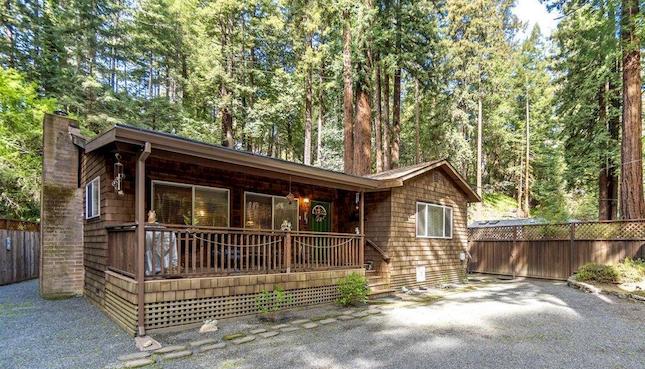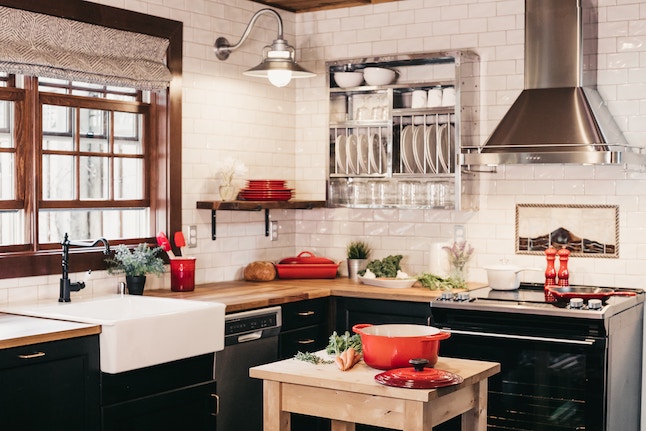Setting: Know Your Character’s Home to Write Better Dialogue

A Home Setting is a Reflection of Personality
I’ve discovered that when I have trouble connecting with a character, giving them a home opens up who they are. I know the character’s story role, for example girlfriend of victim, but I don’t know them as a person.
In order for me to write dialogue, I need to know who the character is as a person. I want at least one catchphrase they use. I want to know if their speech is fast or slow. Will my main character have trouble following their logic?
Once I find a home for the character, I learn about their personality.
I use a tool like Redfin to search for ideas.
I found an isolated rach for an assassin in Colorado, a modest townhome in Boston for a heroine, a stately San Francisco home for an art dealer, a rustic cabin in the redwoods for a victim.
Finding the Home
First I go to the neighborhood. Does the character live in a city, a town, the suburbs, the country, the woods, etc. Then I look for the right home.
I know the character’s occupation and income range, so I search for homes that might be appropriate.
Then I consider what I know about the character. Do they want to blend in or stand out?
I search for homes in the area where the character lives.
Sorting For the Ideal Home
A number of homes come up as a result. This is where I fine tune the character’s home. It’s a back-and-forth process between what I know about the character and developing new ideas about the character from the findings in my search results.
Does the character go for luxuries like hot tubs and swimming pools, or prefer a quiet older garden with fruit trees? Do they sit on a deck or porch in the evening or turn on the large screen with quadraphonic sound in the entertainment center? Do they putter in the garden with a full array of annuals or do they “landscape” with bark dust and one tree?
Is the driveway dirt, gravel, cement, paved, or nonexistent? A towering townhouse or a sprawling bungalow?
As I narrow down the results—She wouldn’t live there. Nope, too fancy for him.— I end up with a home the suits the character.
I find a match, or want to meld two houses into one, I save the images in my research folder. I use Places on Plottr. Before I start a scene, I refer to the images to refresh my memory so I can bring in details for the scene.
Infusing Home Details
While the floor plan and room-by-room images, give me an idea of the internal layout, these homes are “staged” to sell. That means they are mostly bland.
Fortunately, writers have imagination. We can add whatever furniture we desire or make the kitchen counters cluttered or bare.
As I add details to the home, I get a better feel of the character, of where and how they live their life.
How Giving a Character a Home Helps Dialogue
By the time I’ve searched, sorted, and decided on a home for a character, filling the house with furniture, bookshelves, and kitchen utensils, I have a strong sense of how that character lives.
Knowing where they live and how they furnish their home gives me a solid sense of their personality. Once I know the personality, what they say—the dialogue—and how they respond to other characters like my protagonist, flows.
For me, grounding a character with a home helps expand their personality so I can write it on the page.
Image courtesy of Redfin





